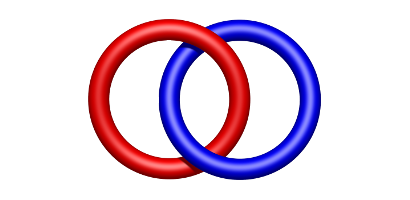FAST4Nl
Project Summary
The impact of Arctic sea ice decline on future global tidal and storm surge extreme water levels is unknown. Regional studies have shown that the impact can be substantial causing increased erosion and posing increased risks to fragile Arctic ecosystems in low-lying areas. Because Arctic tides and surges impact North Sea water levels, the impact will also be noticed in the Dutch coastal waters and Wadden Sea. To quantify the impact, we need an accurate Arctic total water level (TWL) model. In this project, we will develop such a model. Its key advantage is that it allows us to make direct use of radar altimeter-observed TWLs in calibrating the model for the large uncertainties in the bathymetry and other model parameters. The model will be developed as an extension of the “Global Tide and Surge Model”. In particular, we will develop i) the physics needed to model the water level variations in ice-covered seas, ii) a method to account for the baroclinic water level variations, and iii) a data assimilation technique to calibrate the model using altimeter-observed TWLs. Subsequently, the Arctic model will be used to study the impact of changing sea ice cover over the last decades on tides and surges in the Arctic and the North Sea. Moreover, we will make future projections of tides and surges in these waters based on Arctic sea ice decline projections. Finally, we will improve the open boundary conditions in operational storm surge forecasting in the Netherlands.



Funded by NWO Domain Science
Learn more about FAST4Nl
Contact
Martin Verlaan
Delft University of Technology
PO Box 5031
2600 GA Delft
The Netherlands
Phone +31 15 2783851
info@fast4nl.nl